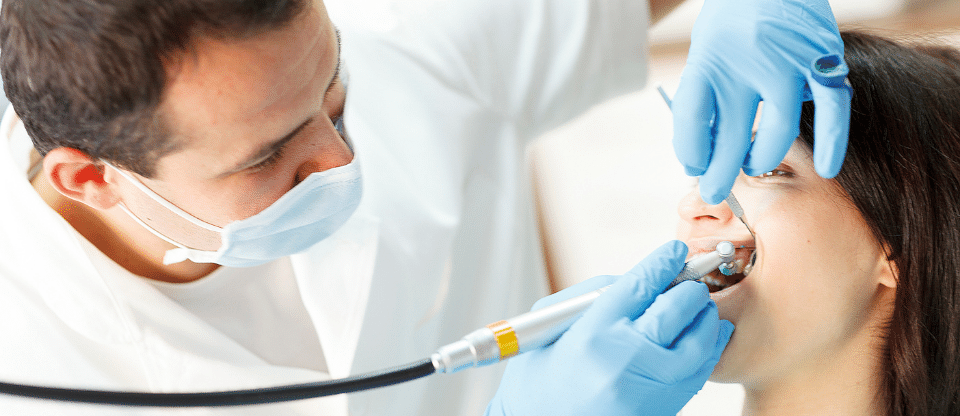How To Clean Your Teeth Like A Hygienist
Cleaning your teeth is the most important thing you can ever do for the health of your mouth. By keeping your teeth clean, you can avoid problems like gum disease, tartar build-up, and even tooth loss – and there are different ways of cleaning your teeth to keep them as healthy as possible.
Let us look at a few different methods for you to clean your teeth at home as well as they will be cleaned at the dentist.
How do hygienists clean your teeth?
Hygienists can get to the areas of your teeth that you are not able to reach yourself, and they are equipped with a variety of tools to complete the tasks that are more advanced than your standard toothbrush.
Hygienists also have the advantage of using specialised tools for the job, meaning they can look at tiny cracks, crevices and plaque build up that can damage your teeth and gums.
These are the steps involved when you visit a hygienist:
- A thorough check around your mouth to make sure there are no signs of inflammation, gingivitis, or any other early signs of gum disease.
- The hygienist uses a small, pointed tool to measure the depth of the pockets around the teeth to see which pockets are considered normal and which need a deep clean.
- Each tooth will be scaled to ensure that every piece of tartar is removed from the surface of the tooth. You will not notice any pain but you may notice a little sensitivity.
- Finally, the teeth are given a polish with a substance like toothpaste, which will make your teeth squeaky clean and extra shiny.
How to clean your teeth like a hygienist
There are a few steps you can take to ensure that even your daily cleans are as effective as a hygienist’s cleaning.
- Use an electric toothbrush
This type of toothbrush is particularly effective at removing the accumulation of plaque and is proven to be more effective than the hand-held toothbrush. The ideal brush for this would be the Sonisk Pulsar Compact electric toothbrush with prices starting at £9.99.
2. Brush for at least two minutes
Brushing longer and making sure to focus on every part of your mouth is essential to clean plaque and avoid tartar build-up, which prevents cavities and lowers your risk of gum disease.
3. Switch to a tartar control toothpaste
This type of toothpaste is much better at removing the food build up that collects on the teeth throughout the day, to prevent plaque and tartar.
4. Brush your teeth the right way
Hold your toothbrush at a 45-degree angle to the gum line, and brush from one side of your mouth to the other. For a more detailed look at the best way to brush your teeth, you can visit our blog on How to brush your teeth properly.
When you have brushed the outside surfaces in this way, repeat on the inside of the teeth.
5. Clean in between your teeth
A great way to do this is by flossing. This will help remove the buildup from in between your teeth. You can also use interdental brushes as well as flossing, teaming these together is recommended by dentists.
6. Do not rinse
While mouthwash will not only make your breath a lot fresher, it can increase the effects of the cleaning process and make it last for several hours. However, with that said, leaving toothpaste in your mouth allows the fluoride to work. If you rinse directly after, it will rinse the fluoride away.
Although the dental hygienist will give your teeth a better, more thorough clean than you can ever do at home, you can replicate the effects of a hygienist’s clean at home, by just being thorough.
Brushing your teeth well will set you up for a lifetime of great teeth, and a smile that lasts you all your days, so it is well worth spending the time and a little extra effort to maintain a clean, healthy mouth.


